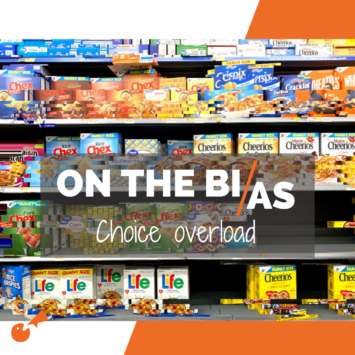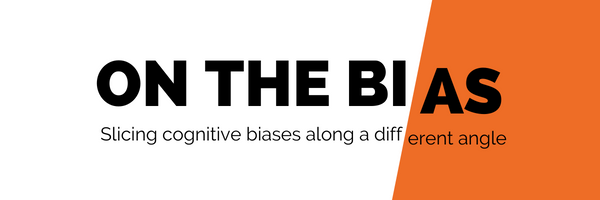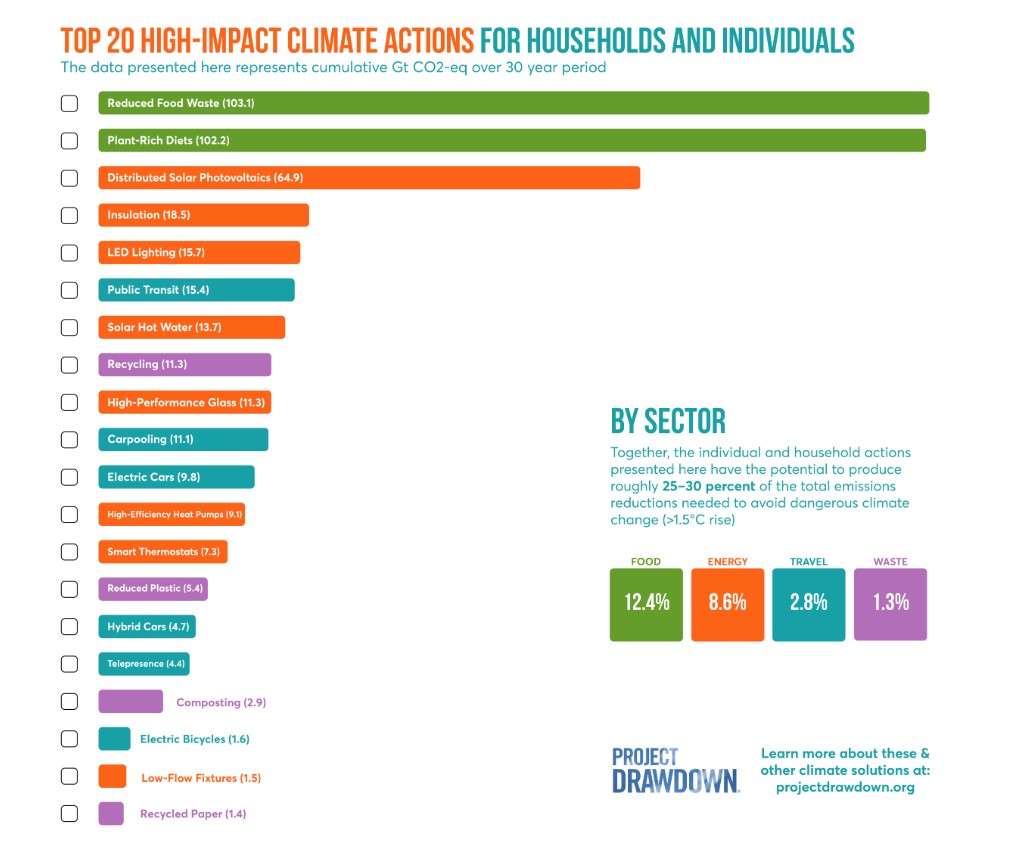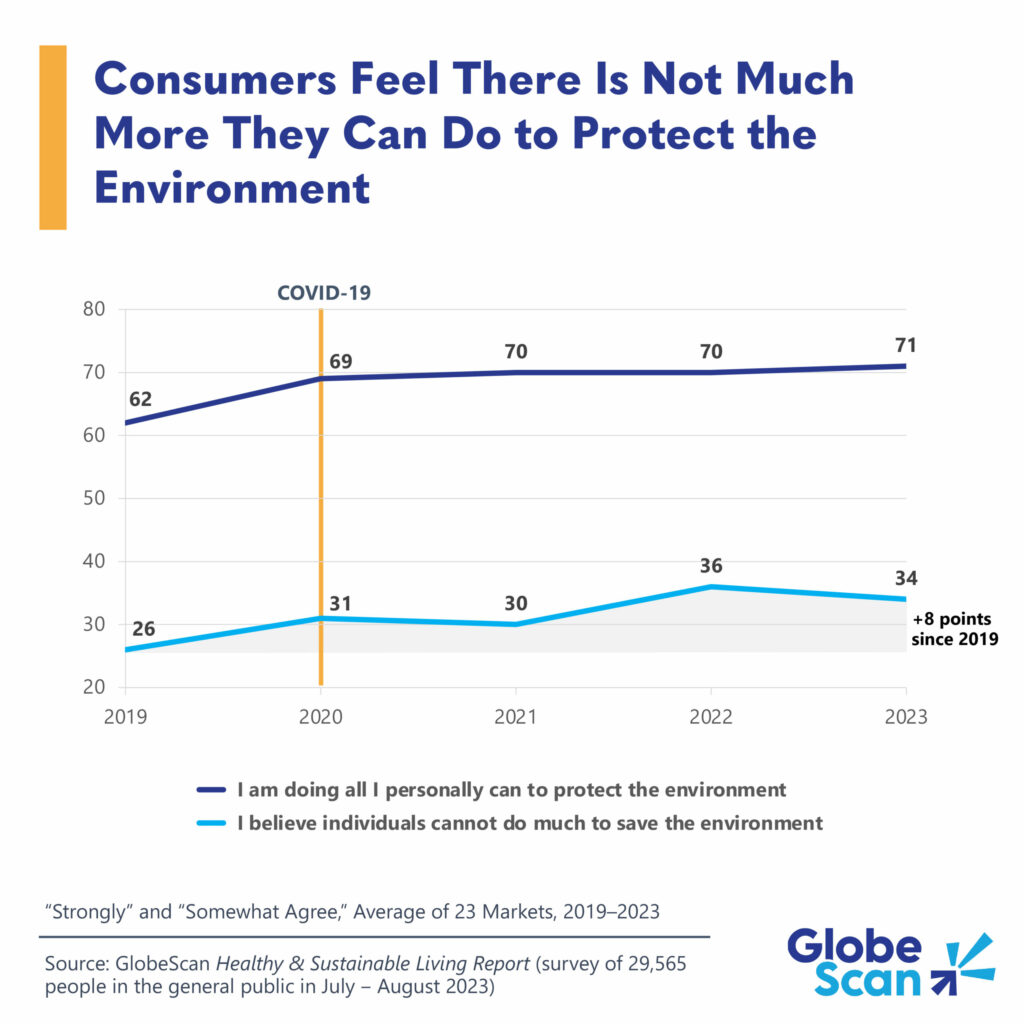
ON THE BIAS: Choice Overload
Welcome back to the blog series, ON THE BIAS.
In this series, we look at the cognitive biases we have as humans and how they impact our behavior change efforts. Catch up with the previous posts here.

A story: Grocery games.
Once a year, I tell myself it’s time to find a new cereal.
I don’t have a real rationale for this push; I just feel like I need to “shake up” my cereal game now and again.
I head down the cereal aisle of the grocery store, excited to discover a new box of yummy crunchiness. My eyes are wide open with wonder as I read the first few columns of cereal names.
As I slowly make my way down the enormous aisle of options, my excitement starts to fade, giving way to a sense of confusion.
How is Smart Start different than Special K? What is a “high protein” cereal? Are the store brand options any good? Which cereals have the most fiber in them?
I start feeling sleepy from this process, and I haven’t even looked at the 300 types of Cheerios yet! Who has time for this?!?!
So, I make a beeline for the cereal I always buy (Special K Vanilla & Almond, if you’re curious) and move on to the rest of my shopping list.
What’s happening here?
My inability to choose a different cereal from the one I always buy is a classic example of choice overload.
The vast number of options presented to me made me feel completely overwhelmed – and even tired – which led me to pick the brand I always buy (i.e., triggering my status quo bias).
If I didn’t need more cereal at home, I would have chosen to buy nothing instead of picking a new cereal.
ON THE BIAS: Choice overload occurs when the complexity of a decision exceeds our cognitive resources, which results in delaying decisions or not choosing at all. (Coglode).
Have you heard of the jam study?
It’s one of the first experiments to test the hypothesis that providing an extensive (i.e., psychologically excessive) number of choices is demotivating for people compared to a limited, manageable set of options (Iyengar, 2001).
The jam experiment set up a tasting booth of jams in a grocery store. The booth in Study 1 showcased 24 jam flavors for shoppers to sample, whereas Study 2 only displayed 6 jams to sample.
Which booth do you think performed best?
This experiment showed that the booth with 24 jams received more attention and stops for samples. Shoppers were attracted to the large set of display options. However, shoppers who encountered the limited display of 6 jams purchased more jams than those in the first study (31 purchases versus 4)!
With a limited set to choose from, shoppers had an easier time choosing.
Bringing the bias home: Have you recently ditched a decision-making process due to an overwhelming number of options presented?
Maybe you went on Yelp or DoorDash to find a new restaurant to try, scrolled through Netflix or Hulu to select the next series to watch, or made the grave mistake of looking for literally anything on Amazon.
Consider what those services could (and should) have done to make your choice easier. If you come up with an answer, it’s probably a billion-dollar business idea if you make it happen.
Subsequent studies have shown that in addition to indecision and inaction, choice overload can lead to feelings of regret or FOMO. If you do manage to wade through the options in the above scenarios and make a decision, your brain may continue to wonder if you made the right choice.
How this bias can help or hurt our behavior change programs
HOW IT CAN HURT
Let’s start with the bad news. Choice overload is rampant in the sustainability space.
Check out this chart shared by Project Drawdown.
While it is very interesting and helpful to see the 20 most impactful things we and our audiences can do to reduce emissions, it is also daunting.
The goal is for individuals to do ALL these things (and more), and we communicate the urgent need to do all these things on a regular basis. Yikes!
So, it may not be surprising to see other data pointing to consumers feeling fatigued.
People increasingly feel overwhelmed by the number of things they should be doing, leading to indecision, inaction, and even a little resistance.
Our outreach efforts make it more problematic when we present too many options simultaneously, combined with a sense of urgency that creates time pressure for the audience.
Even though we truly need all the people to be doing all the things all the time, there are solutions to providing options without creating choice overload.
Consider doing one of the following.
Pick 3-5 options for the audience to choose from.
Identify a set of actions or behaviors that are achievable and relevant for your primary audience. The easier it is for the audience to differentiate one option from another, the easier it will be for them to pick one.
Break big changes into a sequence of smaller choices.
Using the Project Drawdown chart as an example, we could ask the audience first to select a sector they want to work on, such as food, energy, travel, or waste. There are only 4 options to choose from, which is great!
Once they choose, we can offer the next set of options. Dividing up and sequencing the choices creates a simplified process that empowers the audience instead of overwhelming them.
Bundle related behaviors together.
Our list of desired behaviors can be categorized as bundles instead of featuring a list of options. For example, we can bundle Project Drawdown’s list into a category of one-time fixes for those with financial means to upgrade their insulation, water heaters, heat pumps, thermostats, and more.
Or we could promote a bundle for low-cost sustainability featuring reduced food waste, public transportation or carpooling, recycling, and reducing plastic use.
HOW IT HELPS
Erm, this section is a bit of a stretch. There is not really a scenario where the bias of choice overload works to our advantage.
However, there are general benefits to providing choices that help our behavior change efforts.
» Choices provide audiences the autonomy to select a change they want to pursue instead of it being thrust upon them.
» Audiences can pick a path that aligns with their lifestyle, budget, and personality.
» The process of making the decision can result in greater satisfaction and enjoyment in the choice made. (Less regret and FOMO as seen when experiencing choice overload).
» Seeing the set of options can prepare the audience for future changes they can make when ready.
The goal is to find a healthy balance between zero choice and too many options so our audience feels empowered and motivated to take action.
As always, knowing your audience is valuable in deciding how many options you can provide. Expert audiences can handle a more extensive set of choices since they likely have an existing preference and understanding of the options, making the decision-making process more manageable for them.
A NOTE OF CAUTION
Choosing to change a behavior is much harder than figuring out which iPhone to buy. Therefore, our audiences may always hesitate when asked to pick a new behavior.
Applying the tips above can make the choice easier but it won’t necessarily make it easy.
It’s still essential to provide guidance and support for the audience so they have a complete picture of what the change means and how to make it happen.
Want to load up on your knowledge of choice overload? Check out these published papers on the topic:
- Iyengar, S. S., & Lepper, M. R. (2000). When choice is demotivating: Can one desire too much of a good thing? Journal of Personality and Social Psychology, 79(6), 995–1006. https://doi.org/10.1037/0022-3514.79.6.995
- Chernev, A., Böckenholt, U., & Goodman, J. K. (2014). Choice overload: A conceptual review and meta‐analysis. Journal of Consumer Psychology, 25(2), 333–358. https://doi.org/10.1016/j.jcps.2014.08.002




